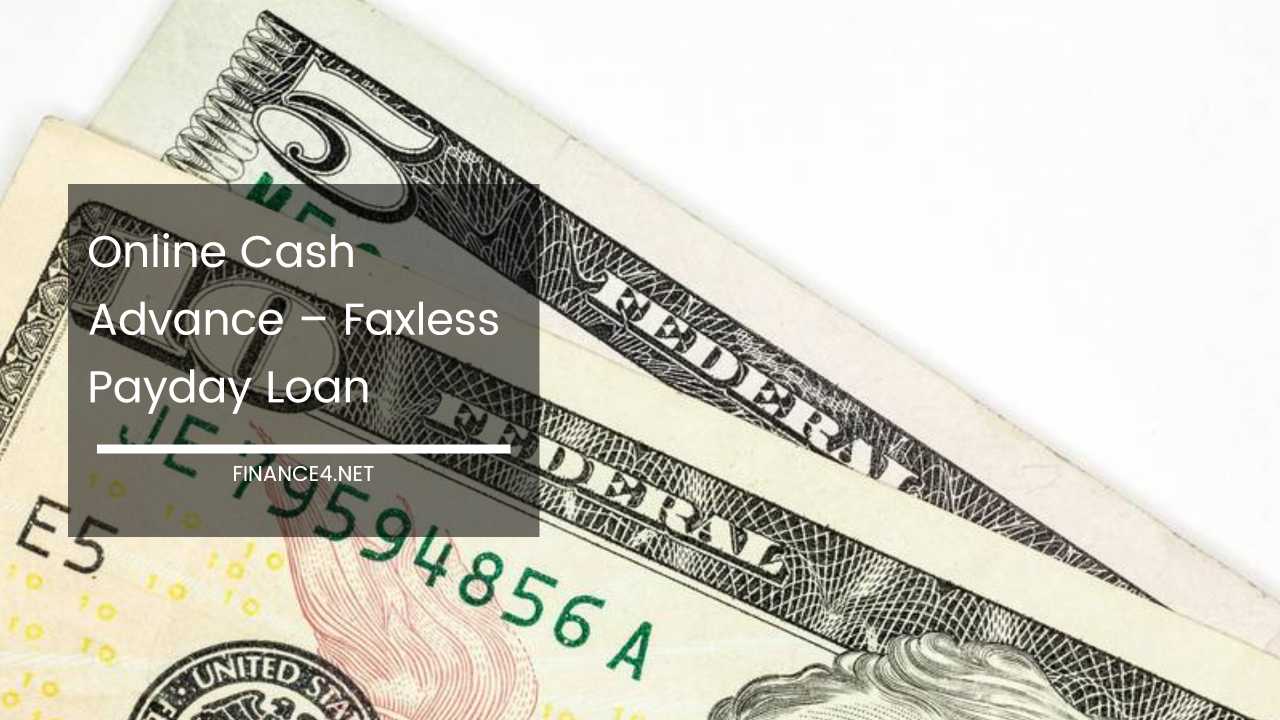Convert Term Life to Permanent: Pros & Cons

Transforming Your Coverage: A Strategic Guide to Converting Term Life Insurance to Permanent Life Insurance
Life insurance plays a vital role in safeguarding your loved ones’ financial security in your absence. However, your needs and priorities can evolve significantly throughout your life journey.
Term life insurance offers a cost-effective solution for temporary coverage, often favored by younger individuals or those with specific financial objectives.
But as you age, establish a family, or accumulate wealth, your insurance needs might necessitate a shift towards a more comprehensive solution.
Converting your term life insurance to a permanent life insurance policy can be a strategic move to address these evolving needs.
This comprehensive guide dives deep into the intricacies of converting term life insurance to permanent life insurance.
We’ll explore the fundamental differences between temporary and permanent coverage, delve into the self-insured life insurance strategy, meticulously analyze the benefits and drawbacks of conversion, and equip you with crucial knowledge about potential risks to consider before making this important decision.
Understanding the Landscape: Temporary vs. Permanent Life Insurance Policies
A clear understanding of the core distinctions between term and permanent life insurance is paramount before embarking on the conversion process.
-
Term Life Insurance: Providing a safety net for a predetermined period, typically 10, 20, or 30 years, term life insurance offers affordable coverage. If the insured passes away within the term, the beneficiaries receive a predetermined death benefit. However, the policy expires at the end of the term, and no cash value accumulates.
-
Permanent Life Insurance: In contrast to term life, permanent life insurance remains active throughout your lifetime, offering guaranteed coverage until your death. Additionally, it builds cash value steadily over time. This cash value represents a portion of your premiums that you can access through loans or withdrawals, providing a valuable source of funds for various needs. Popular permanent life insurance options include whole life, universal life, and variable universal life.
The Self-Insured Life Insurance Strategy: A Calculated Approach
Some individuals adopt a self-insured life insurance strategy, viewing term life insurance as a stepping stone. They invest the difference in premiums between term and permanent life policies, aiming to accumulate sufficient wealth to become self-insured by the time their term coverage expires.
This approach can be successful, particularly for those with a strong financial discipline and a keen understanding of the investment landscape.
However, it’s crucial to acknowledge the inherent risks involved, such as market fluctuations potentially hindering investment growth.
Weighing the Advantages: Benefits of Converting Term Life Insurance
Converting your term life insurance to a permanent policy can offer several compelling advantages:
-
Guaranteed Lifelong Coverage: A permanent policy offers unmatched peace of mind with guaranteed coverage throughout your life. Unlike term life, which expires, permanent life ensures your loved ones receive a financial cushion even if your health declines in the future, potentially making it difficult or impossible to qualify for a new policy.
-
Cash Value Accumulation: A Source of Financial Flexibility: A significant benefit of permanent life insurance is the steady accumulation of cash value. This value represents a portion of your premiums that grows over time, creating a readily available source of funds. You can access this cash value through loans or withdrawals for various purposes, such as supplementing your retirement income, financing a child’s education, or covering unexpected expenses.
-
Predictable Premiums: Budgeting with Certainty: Permanent life insurance policies typically come with fixed premiums that remain constant throughout the policy’s duration. This predictability simplifies budgeting and offers financial stability, unlike term life premiums which are subject to increases as you age.
-
Avoiding Re-qualification Challenges: Converting your term life insurance eliminates the need to undergo the re-qualification process for a new policy later in life. If your health deteriorates, re-qualifying for a new policy can be a hurdle, potentially resulting in higher premiums or even denial of coverage. Converting your existing policy ensures continued coverage regardless of future health changes.
Navigating the Trade-Offs: Risks and Drawbacks of Converting Term Life Insurance
While conversion to permanent life insurance presents clear advantages, it’s equally important to acknowledge the potential drawbacks:
-
Higher Premiums: A Financial Consideration: The primary drawback of permanent life insurance lies in the significantly higher premiums compared to term life policies. This can place a strain on your budget, especially if you’re approaching retirement or living on a fixed income.
-
Cash Value Growth vs. Investment Potential: While permanent life insurance offers cash value accumulation, it’s essential to compare its growth potential with your investment strategy. Depending on the specific policy and investment options within the cash value component, the growth might not outperform your self-managed investments.
-
Limited Investment Options: Compared to the flexibility of self-directing your investments, permanent life policies often come with limitations regarding investment options within the cash value component. This can restrict your ability to capitalize on potentially high-growth investment opportunities.
Mitigating Risk: Crucial Considerations Before Conversion
Before embarking on the conversion process, a thorough evaluation of your individual circumstances is crucial. Here are some key risks to consider and strategies to mitigate them:
-
Do You Need Lifelong Coverage? Carefully assess your future financial obligations. If your dependents become financially independent as you age, and your debts are minimal, term life insurance might be sufficient. However, if you anticipate ongoing financial needs for your loved ones or require a safety net for yourself in later years, permanent life insurance offers a more comprehensive solution.
-
Affordability of Higher Premiums: Honestly evaluate your current and projected financial situation. Can you comfortably manage the increased premiums associated with permanent life insurance? Consider factors like your income, existing debts, and future retirement plans. If affordability is a concern, explore options like converting only a portion of your term life coverage to permanent life, keeping the remaining term policy in place for a more balanced approach.
-
Optimizing Cash Value Growth: If maximizing cash value growth is a priority, compare the potential returns within your permanent life policy with your existing investment strategy. Some permanent life policies offer flexible investment options within the cash value component. Research these options and choose a policy that aligns with your risk tolerance and growth objectives. Additionally, consider consulting a financial advisor to explore potential tax implications associated with accessing cash value.
-
Beyond Conversion: Exploring Alternatives: Converting to permanent life insurance isn’t the only option. Depending on your circumstances, consider alternatives like:
-
Term Life Ladder: This strategy involves purchasing multiple term life policies with staggered expiry dates. As one term expires, you can replace it with a new one, potentially at a lower premium due to your younger age at the time of purchase. This approach provides ongoing coverage at a more manageable cost compared to a permanent life policy.
-
Riders on Term Life: Many term life policies offer optional riders that can enhance your coverage. For example, an accelerated death benefit rider allows you to access a portion of the death benefit while you’re still living if you’re diagnosed with a terminal illness. Explore these riders to potentially fulfill some of the needs addressed by permanent life insurance without converting the entire policy.
-
Making an Informed Decision
Ultimately, the decision to convert your term life insurance to permanent life insurance is a personal one. By carefully weighing the benefits and drawbacks, understanding the potential risks, and exploring alternative solutions, you can make an informed choice that aligns with your long-term financial goals and protects your loved ones’ future.
Seeking Professional Guidance
Consulting with a qualified financial advisor specializing in life insurance can be invaluable throughout this process.
A financial advisor can assess your unique circumstances, analyze your existing financial plan, and help you navigate the complexities of different life insurance products.
Their expertise can ensure you select the most suitable option to meet your specific needs and safeguard your family’s financial security.
Final Thoughts
Transforming your term life insurance to a permanent policy can be a strategic step towards comprehensive financial protection.
By carefully evaluating your needs, understanding the trade-offs involved, and mitigating potential risks, you can make an informed decision that ensures your loved ones are well-cared for, regardless of what the future holds.
Remember, consulting a financial advisor can be your wisest move as you navigate this crucial financial decision.



